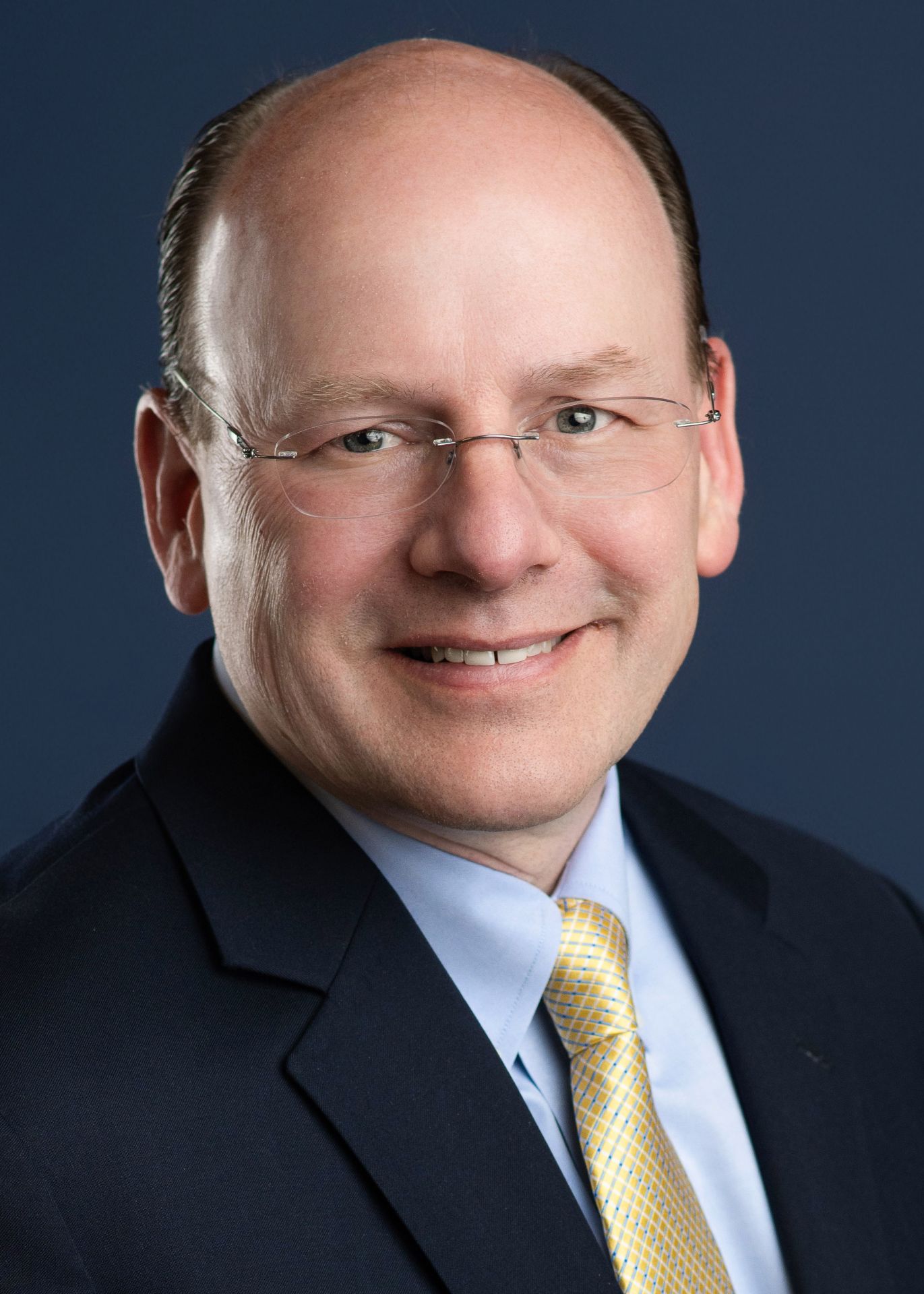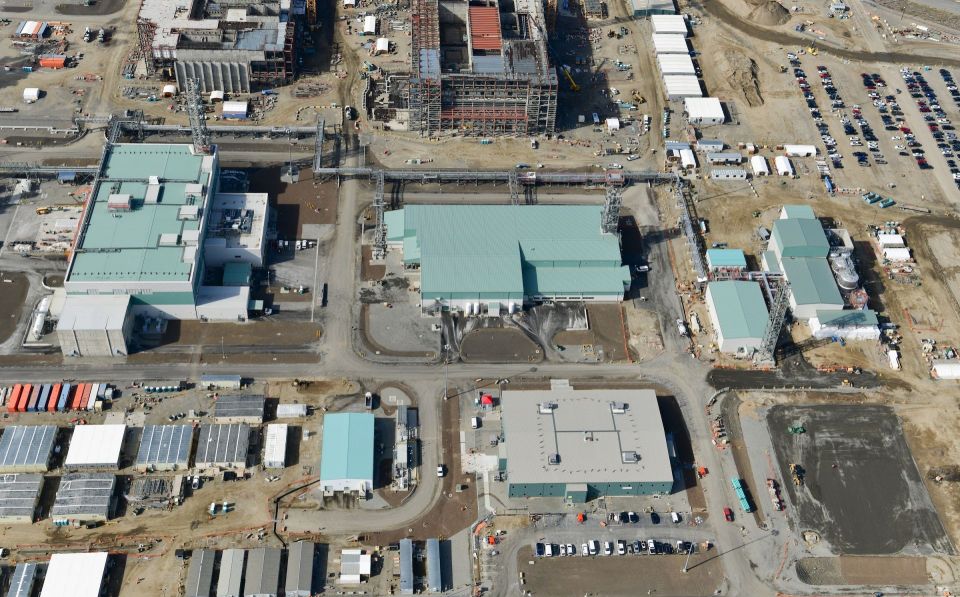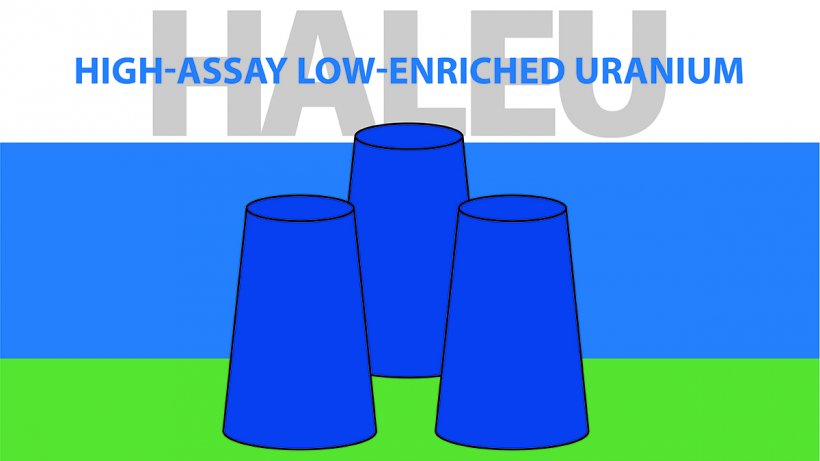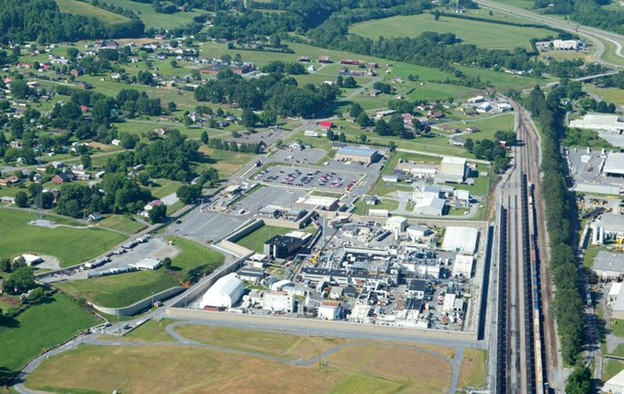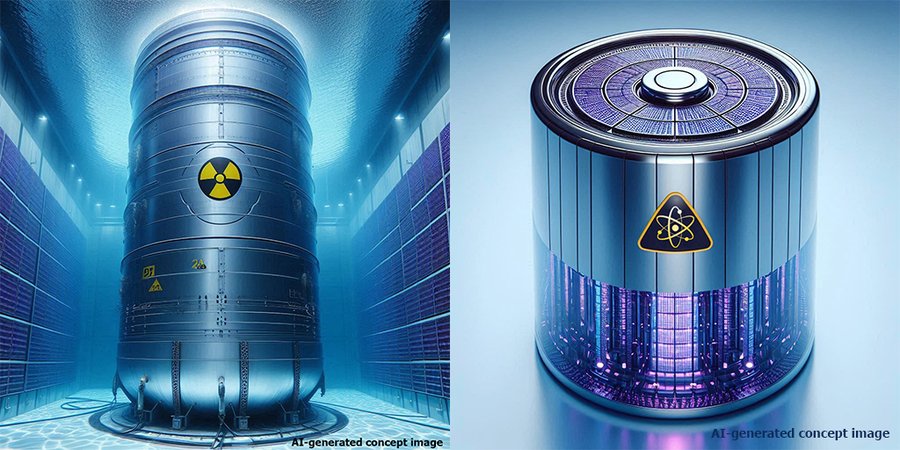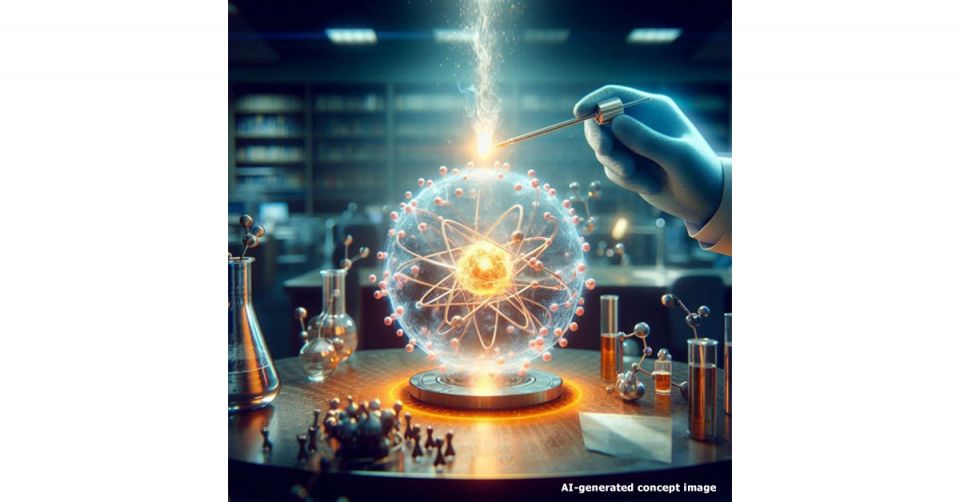The panel was top-notch. We heard from Bhavya Lal, former NASA associate administrator for technology, policy, and strategy; Steve Squyres, chief scientist at Blue Origin; Tabitha Dodson, DARPA program manager for DRACO (Demonstration Rocket for Agile Cislunar Operations); Kate Kelly, director of space and emerging programs at BWXT Advanced Technologies; Jack Goodwin, director of business development for lunar surface systems at Astrobotic; and Tyler Bernstein, chief executive officer at Zeno Power.
Nuclear clearly has an important role in space, and the panel spoke to this need. Take lunar surface power, for one example. On the moon, the sun shines only during the lunar day (14 Earth days) and then is followed by a lunar night (14 Earth days) of darkness. For lunar exploration, the ideal power source is one that is reliable and not dependent on the sun. If there isn’t sufficient power to last the lunar night, then an exploratory craft will freeze (and die). Conditions are even more challenging at the lunar south pole, where the ice there is in permanently shadowed regions without any sunlight. But given enough power, the ice could be mined for oxygen and hydrogen, which could enable nearly endless opportunities.
To prepare for the session, I watched Good Night Oppy, a documentary on the Mars rover Opportunity (and its twin, Spirit). Panelist Steve Squyres spent nearly 20 years as the principal investigator for the science payload for NASA’s Mars Exploration Rover project, and he worked to get the mission approved and the rovers ready to launch. They were supposed to last only 90 days, but they were so well designed and built that they lasted for years—in Opportunity’s case, almost 15 years—primarily due to the radioisotope heater units that kept the components warm through the Martian nights.
This is just one example of what nuclear brings us. It can accomplish goals that other forms of energy just cannot do. It literally can expand our universe of knowledge.
My sincere thanks to the members of the YPC Planning Committee: Kelsey Amundson, Fabiano Carvalho, Tim Crook, Jack Fletcher, Evan Gonzalez, Victor Ibarra Jr., Matt Jasica, Miriam Kreher (chair), Iza Lantgios, Julie McCallum, John Mobley IV, Nathan Ryan, Will Searight, Pierre-Clément Simon, Patrick Snouffer, and Matt Wargon.
I am also grateful to the President’s Special Session Planning Committee: Kelsey Amundson, Tim Crook, Julie McCallum, Patrick Snouffer, Ishita Trivedi, and Matt Wargon (chair).
